What Type of Hair Brush Should I Use?

Let’s talk about hair brushes. There are so many different types of hair brushes – at least as many as there are types of hair.
There is a right and wrong brush choice for you. In this tutorial, I will review all the steps you need to achieve flawless hair with the right tools for your hair type and desired style.
Whether you need a brush for blow drying, for volume, for straight looks, to combat frizzy hair or to smooth out curly locks, I've got you covered!
So, if you are asking, “What type of hair brush should I use?,” follow along for the answer!
Upstyle Recommends!
Tools and materials:
- Various brushes and combs
- Blow dryer
1. Wet brush for detangling
After you wash your hair, you need to be sure to detangle it.
And the easiest way to do that is with a detangling brush, also referred to as a wet brush.
What’s the difference between a detangling brush and a regular brush?
When you put pressure on a detangling brush, the bristles flex to accommodate the pressure.
That matters because wet hair breaks easily and needs the gentle touch of flexible detangling bristles.
2. Tail comb for parting
Now that your wet hair is detangled, you need to make a part. A tail comb is the way to go, to get a precise part line.
It’s especially useful if you are trying to do a zigzag part line.
Simply hold the tail of the comb flat against your head and slide it back.
Then you can use the teeth of the comb for another comb-through of your hair.
3. Round brush for smoothing
There are two main types of round brushes: Boar bristle and ceramic.
The ceramic-barreled round brushes heat up and smooth your hair almost like a hot roller. But the ceramic brush simultaneously smooths the hair cuticle.
What size round brush should you use? The shorter your hair, the smaller diameter of brush you need.
If your hair is chin length or longer, then use a 1¾-inch barreled brush. But if your hair is shorter than that, go with 1½-inch or smaller.
Boar-bristle round brushes have firmer, denser bristles that give you more tension while you are blow-drying your hair.
This is most helpful if you have very curly hair that is resistant to straightening.
The natural boar bristles also effectively distribute oil from your scalp to your hair, which potentially could make your hair shiny.
Because the barrel of boar-bristle brushes doesn’t heat it, it could be less damaging to your hair than a ceramic-bristle brush.
The downside of boar-bristle brushes is that there are no vents, like a ceramic-bristle brush has, so your hair will take longer to dry.
4. Vent brush for straightening
Vent brushes are also used for blow-drying.
Narrow vent brushes are good for short hair, and wider ones will give you a smooth, straight blow dry on longer hair, with no bevel.
In addition to straightening, you can use a vent brush to lift your hair up from the root, infusing more volume as you dry your hair.
The most common way to use a vent brush is to hold your dryer above it, and slide your brush and dryer down, to really smooth out the cuticle.
Because they are vented, these brushes will help you blow dry your hair very quickly.
Vent brushes work best for people with naturally straight, smooth hair.
5. Teasing brush for volume
This long, thin, boar-bristle brush has bristles in multiple lengths, which makes it great for creating volume.
The texture of the brush creates a nice, tight back-comb, and allows you to smooth out the top of your hair.
You can also use a teasing comb, which works with the same concept as the teasing brush.
Teasing brushes and combs are best if you have fine, flat hair that doesn’t hold volume well.
6. Natural hair bristle brush for oily scalps
This brush does a great job distributing oils from your scalp down to your hair shaft.
If you have an oily scalp, use a natural hair bristle brush as your daily morning brush.
A daily distribution of the oil from your scalp could reduce the frequency that you need to wash your hair.
This brush is also great for creating smooth updos, like a sleek ponytail.
What type of hair brush should I use?
Now that you have all this information, you can choose the right brush for your hair, to get exactly the result you want!
Leave a comment to let me know if you learned anything surprising from this post, and what new techniques you are going to adopt.
Next up, check out my 5 Super Easy Hacks For Fixing Heat Damaged Hair.
Enjoyed the project?
Suggested materials:
- Various brushes and combs
- Blow dryer
The author may collect a small share of sales from the links on this page.
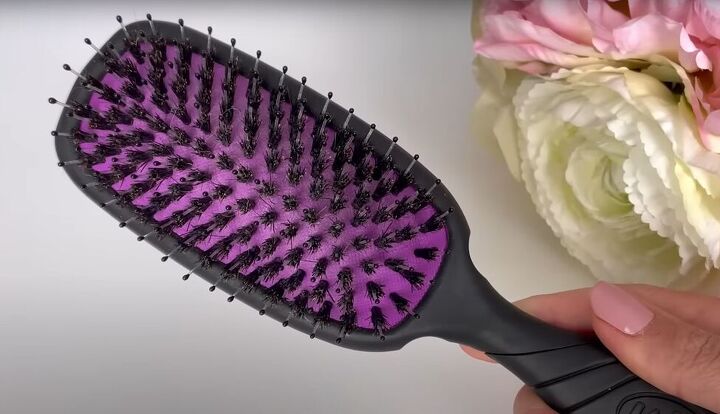















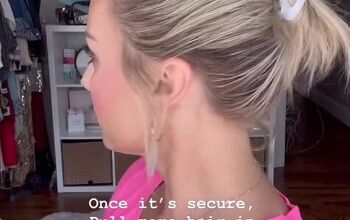
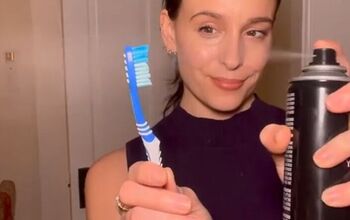
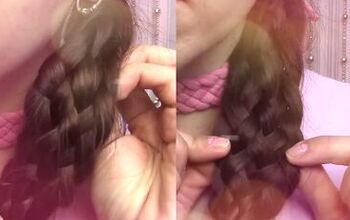
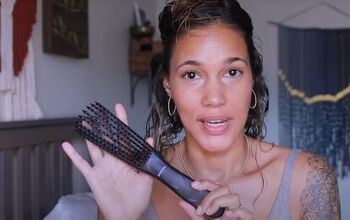

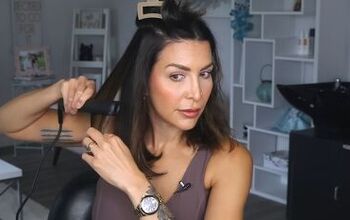

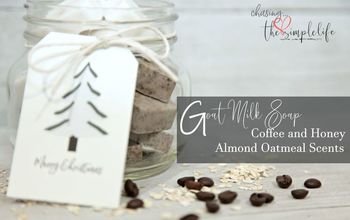


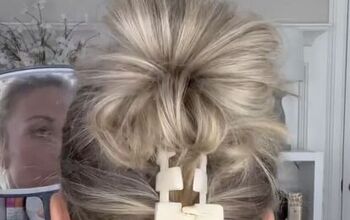
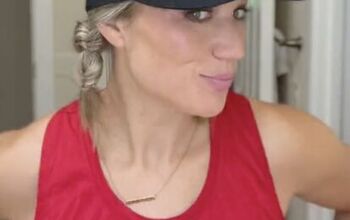

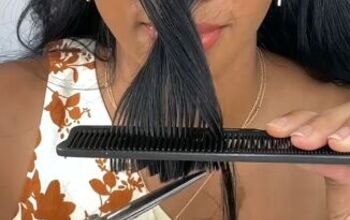
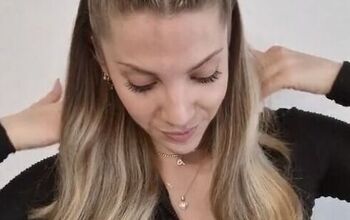

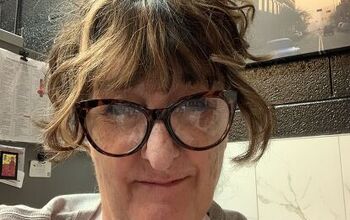

Comments
Join the conversation